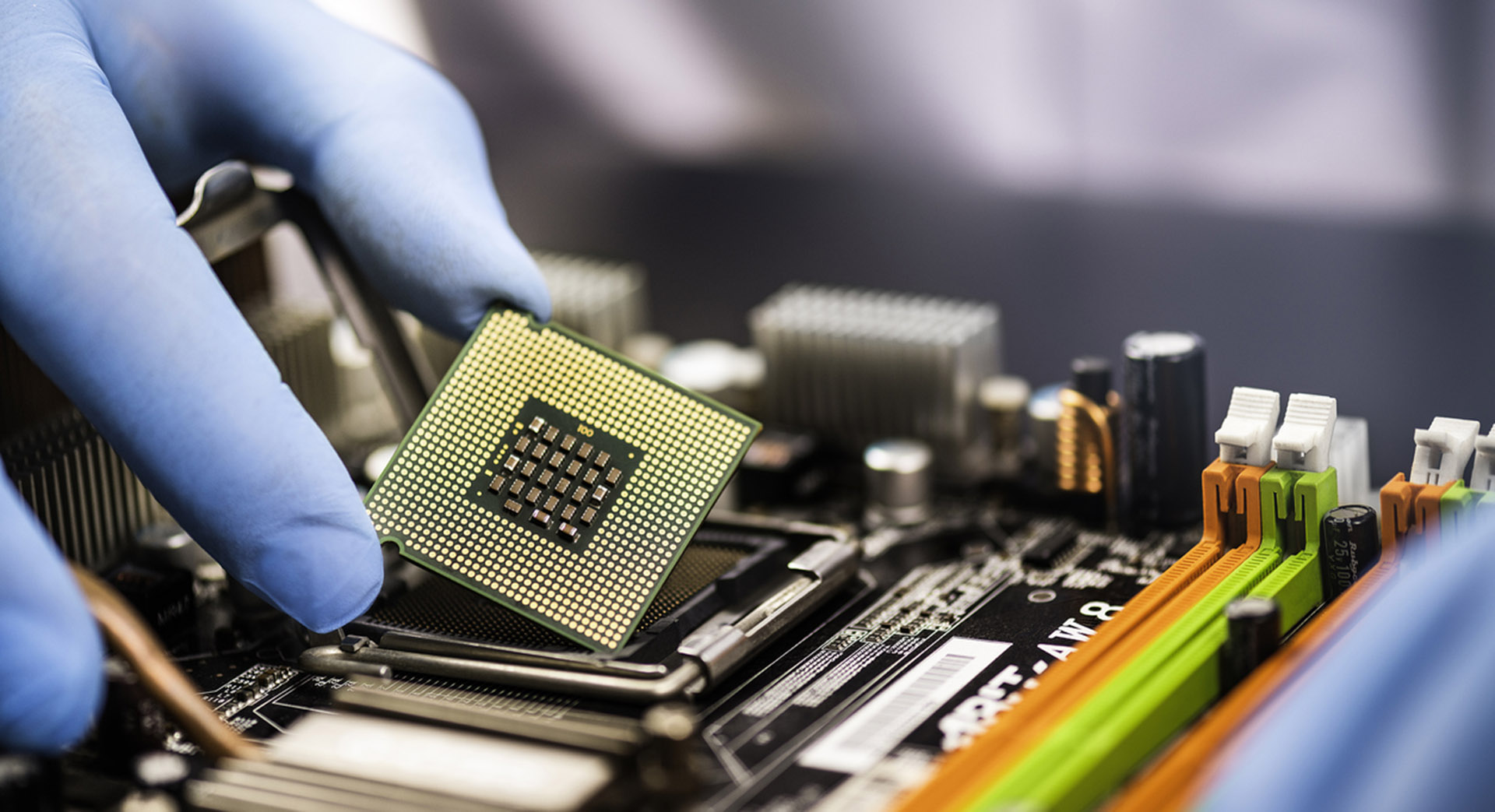The pandemic crisis is really bringing out the problems in the global supply chain, unimaginable up to a few months ago. The so-called “Chip shortage” has literally brought large car makers to their knees, stopping assembly lines, most of all for the lack of electronic components and batteries coming from the Far East. Stellantis and Volkswagen have even had to suspend production in a number of factories.
The concentration of supplies of strategic components, which in the event of interruption can cause very costly line stoppages, in the hands of few and distant consumer electronics giants, can no longer be tolerated by the European and North American markets, especially in the automotive sector.
A coordinated Community development plan in the European Union is essential for the future competitiveness of the entire supply chain, but all individual companies will have to draw up new internal strategic plans that provide for equivalent and replaceable supplies for all vehicle parts and industrial products in order to avoid supply problems that could cause losses of business opportunities, customers and turnover.
The loss of the sale of durable goods is seen strategically as a dangerous threat because it opens up potential purchase alternatives: if a customer needs a certain car which has an excessive delivery time, they will often be forced to turn to competing brands, that is, the second or third choice, opening up unexpected competition scenarios with the loss of brand loyalty in which investments have been made for years in order to consolidate the commercial partnership with customers.
In Europe alone, the damage is considerable: the Chip shortage has caused a reduction in the production of a million vehicles in 2021 compared to 2020.
The automotive sector is particularly under pressure because, on account of the volumes purchased and the quality of the chip, its demand is considered as low, of secondary importance, by the large chip producers. With respect to the global shortage of microprocessors which also hits electronics, information technology, telephony, computers, videogame consoles and robotics, the automotive industry arrives last for the giant chip producers. In the priority of deliveries, therefore, the microprocessor producers give precedence to high-value supplies, such as those for the telephone industry, given that they are continuously researching expensive, increasingly miniaturised chips with advanced functions for smartphones, as opposed to those used on automobiles, which are simpler and low cost.
CONCLUSIONS
The Chip shortage is a crisis which will protract over time and the industry, therefore, must make appropriate strategic choices, with more suppliers able to respond with different and alternative solutions, for example, the traditional analogic instrumentation reused by certain car makers instead of the current digital dashboards.
A company’s R&D capacity to react to market demand with a short time-to-market, and the speed and effectiveness of the validation of new automotive components, will be fundamental for the future to guarantee the availability of alternative components for existing customers, but also to favour the commercial penetration of new markets.
The European Union must do its part, setting up appropriate policies for the chip sector, incentivising the reshoring of production, which will allow Europe to have its own internal production at least within 5 years. Unfortunately, the extremely complicated electronics industry requires very long set-up times for production plants and is characterized by uncertain profitability, at least in the early years, and is also conditioned by the minimum production thresholds. Europe must become more autonomous and less dependent on distant productions, focused on other customers and markets. The EU must take responsibility to rebalance the global competitive scenario, as a new sectorial operator with respect to the current giants: the United States, China and Asia in general, and Taiwan first and foremost.
